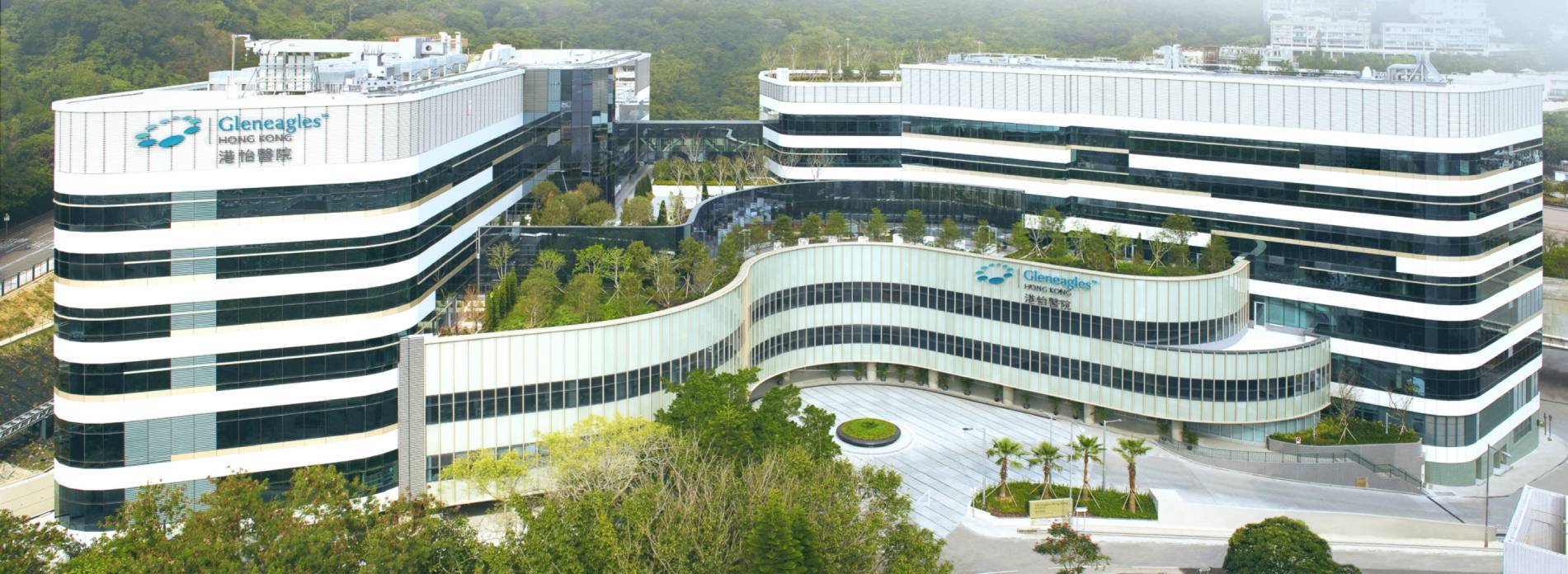Gastroscopy
What is Gastroscopy?
Gastroscopy is a safe and
non-invasive examination to visualise the lining of the oesophagus (food pipe),
stomach and small intestine. It uses a long and flexible tube called a
gastroscope. The gastroscope is inserted through the mouth and carefully pushed
down the oesophagus to the stomach and the small intestine. Gastroscopy is used
to diagnose stomach problems and perform biopsies.
Why is Gastroscopy required?
Doctors might recommend a gastroscopy examination if a patient presents with certain symptoms including nausea, vomiting, difficulty swallowing, heartburn, sustaining pain in the upper abdomen, unexplained weight loss and bloating.
Gastroscopy is also used as a routine screening for people who have a history of ulcers or polyps, to screen for stomach cancer and to check abnormal findings detected on previous CT-scan or X-ray tests.
It can be used to treat certain conditions such as removal of a foreign body swallowed by accident such as a fishbone, stop bleeding from ulcers and removal of polyps or small stomach tumours.





